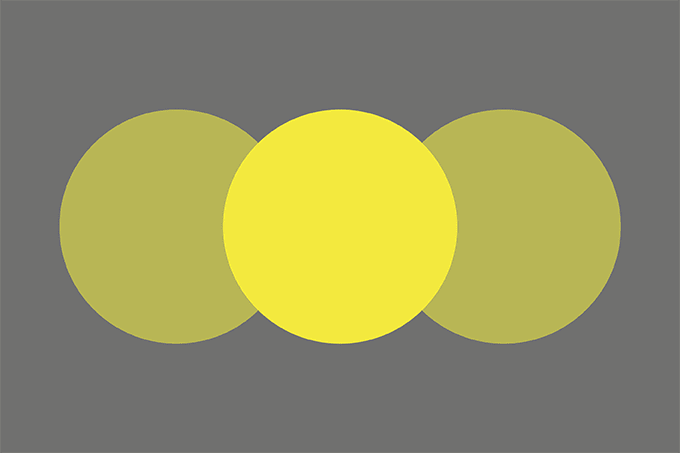Detecting organic compounds that disrupt the nervous system – whether used in chemical warfare or pesticides – is no easy task, but researchers at the University of Alberta have risen to the challenge with a spectroscopic approach that capitalizes on the quenching ability of nerve agents (1).
While both paraoxon and parathion easily quench the photoluminescence of silicon quantum dots, they are unable to quench green fluorescence protein. The result? A ratiometric sensor, capable of quantifying the concentration of nerve agent in a sample by its overall luminescence. “We’ve developed a rapid, straightforward, and cost-effective method to detect nitro-containing organophosphate nerve agents,” say researchers Christopher Robidillo and Jonathan Veinot.
“We’re now looking to expand the range of analytes we can study,” they say. “Our dream? A simple system that can be implemented on-site and without training.”

References
- CJT Robidillo et al., “Ratiometric detection of nerve agents by coupling complementary properties of silicon-based quantum dots and green fluorescent protein”, ACS Appl Mater Interfaces, 36, 33478 (2019). DOI: 10.1021/acsami.9b10996



